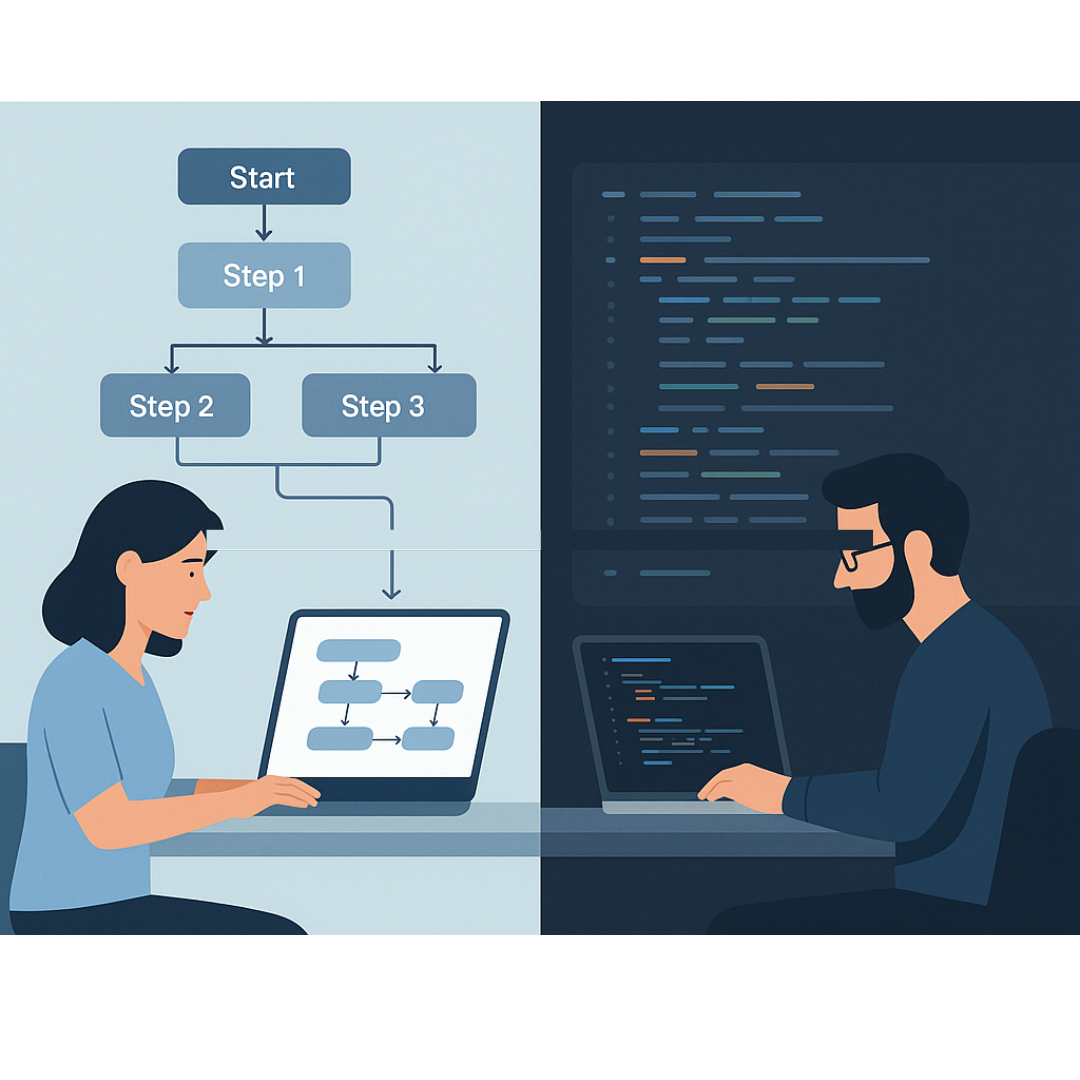Starting a business is a lot harder than most people think. More than 90% of all startups fail, according to Startup Genome, the world-leading research and policy advisory organization. Among the most common reasons for failure are problems due to cash flow, market misalignment, insufficient research, and signing on with the right partner.
“Starting a business takes grit, determination, and vision,” says Bob Klein, CEO of Digital Scientists. And Bob would know – he’s offered consulting services to startup entrepreneurs since 2007 and has helped launched dozens of software and mobile products during his career.
When Bob meets with young entrepreneurs, he isn’t shy about challenging them or grilling them with uncomfortable questions. He approaches each project like a venture capitalist, and he’s particular about which projects he takes on. Over the years, he’s honed a skill for recognizing which ideas hold promise and which are likely to fail.
I think about more than just the product. We have to think about the product, the team, the business model, and the brand, which together create a whole company.
Bob Klein CEO, Digital Scientists
While eager to help startups, he exercises caution before taking on new clients and deploying a team of highly experienced UX designers, software engineers, and product managers. Only until he has full confidence in an idea, does he make a commitment to a new project. Once he does, he advises clients to follow a build-operate-transfer model not only to ensure the product’s success, but to ensure the success of the new company.
So, how can you begin building your dream? Here’s what you need to know.
1. Protect your intellectual property with a non-disclosure agreement.
This might seem unnecessary when you’re simply seeking advice, but an NDA is critical to ensuring confidentiality during every step of the project – from ideation to the final handoff. Be sure your NDA is reviewed by an attorney before you begin talking with consultants or prospective collaborators.
2. Check out a book called The Lean Startup.
This book, The Lean Startup: How Today’s Entrepreneurs Use Continuous Innovation to Create Radically Successful Businesses by Eric Ries, is mandatory reading for startups. Ultimately, most entrepreneurs want to know the least expensive way to validate their idea in the marketplace. Ries will urge you to test your idea before you bet the bank on it. Don’t skip chapter 6, which discusses a minimum variable product (MVP).
3. If you think your idea is unique, you’re probably wrong.
Many startup entrepreneurs who’ve done their research are convinced that their idea is unique to the marketplace. But most are wrong. With over 300 million new startups every year, it’s not easy to uncover every nascent competitor. Find a professional to help you research your industry and its various ecosystems. You’d be surprised how quickly an expert can discover a competitor – oftentimes, within minutes.
On the other hand, don’t be discouraged if you’re not first to market. Apple wasn’t the first to market many of its products, including the smartphone.
I’m initially suspicious if anyone says that there’s no other product out there like theirs. I’ve been doing this a long time and have yet to be really surprised by an idea. – Bob Klein, CEO, Digital Scientists
4. Develop your value proposition before you approach a partner.
In addition to researching the competitive landscape, develop a value proposition or a point of differentiation for your product. What unique value do you bring to a user? What problem are you trying to solve? What is the job to be done? Be able to articulate your vision and value proposition to your current stakeholders and prospective investors.
5. How is your venture funded?
Whether you are self-funded or trying to build until you can get Series A funding, you will need a way to secure financing for each phase of your product’s build, launch, and growth.
A word of warning: Investors are hesitant to provide capital to startups that outsource all facets of their product development. Typically, for a startup to achieve its valuation, it will need an internal team to either build or market the product.
6. Hire a research & development team.
Beyond competitive research, you should consider hiring an R&D team to prove the technical feasibility of your concept. It’s common to see use cases that are highly focused, in which an entrepreneur brings deep, rich knowledge of a specific context, only to discover that the concept is technically infeasible.
A critical step in the R&D phase is to develop a minimum viable product. An MVP is a simplified version of a product with just enough features to be functional for an early market test. An MVP is intended and designed to collect the maximum amount of validated information about customers and how they interact with a product, with the smallest possible investment.
7. What’s your business model?
A surprising number of startups have focused so much energy on their idea that they’ve overlooked a critical factor to success – a long-term business plan. For example, if you are launching a product, how do you plan to solve for future growth? Will you build an integration that can connect the new tool to an existing product suite? How do you plan to achieve stability and scale in a diverse and shifting technology landscape?
8. The best idea doesn’t always win.
In this business, there are tectonic shifts at least every six months. Case in point, every time Apple rolls out a new product, it crushes a large number of businesses. Are you prepared for that level of competition? Execution matters. Differentiation matters. Speed matters.
You need vision, money, stamina, and maturity to go into the software business. – Bob Klein, CEO, Digital Scientists
9. Be prepared for a steep learning curve.
Startups are a lot of fun because their cultures often exude youthful enthusiasm and energy, but patience is also a virtue in this industry. Be prepared for many stops and starts for periods of learning and iterating: Learning refers to the time required to observe a user’s interaction with your product while iterating is the process of tweaking your product design based on learning outcomes.
10. And, finally, develop a long-term business plan using a build-operate-transfer (BTO) framework.
You’ll need to outline each step of your development phase, provide details of your operations model, and consider how you will support a transfer of capabilities if you’ve outsourced any phase of the project.
To learn more about a BOT model and which approach is right for you, visit our blog or contact us directly. We’re always happy to steer innovators in the right direction.


